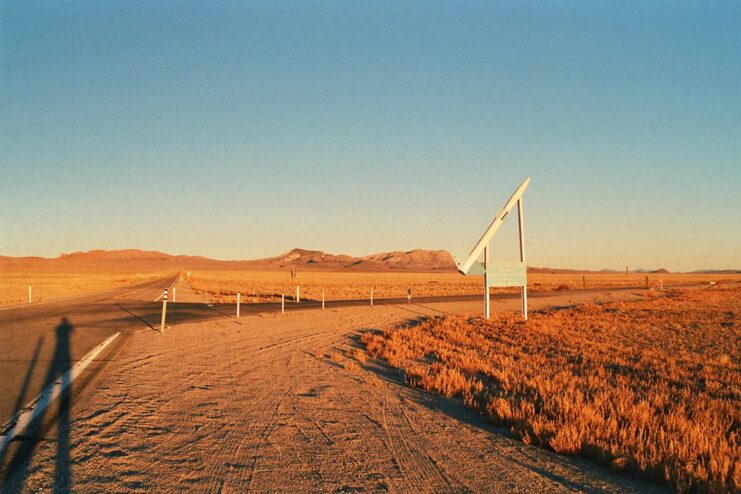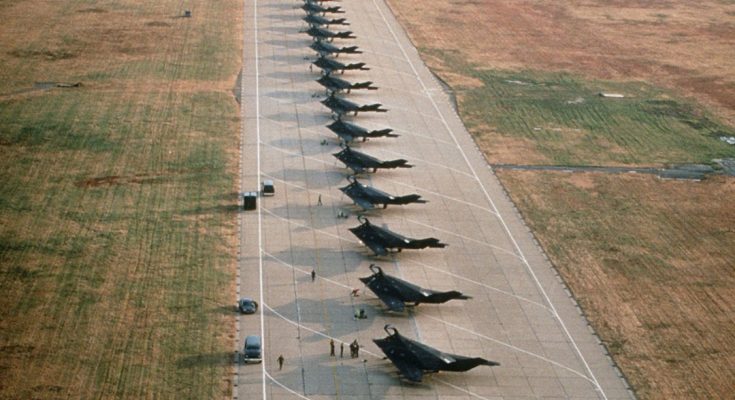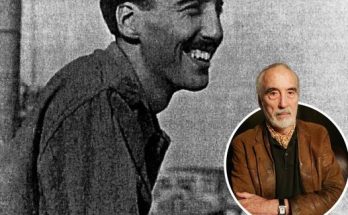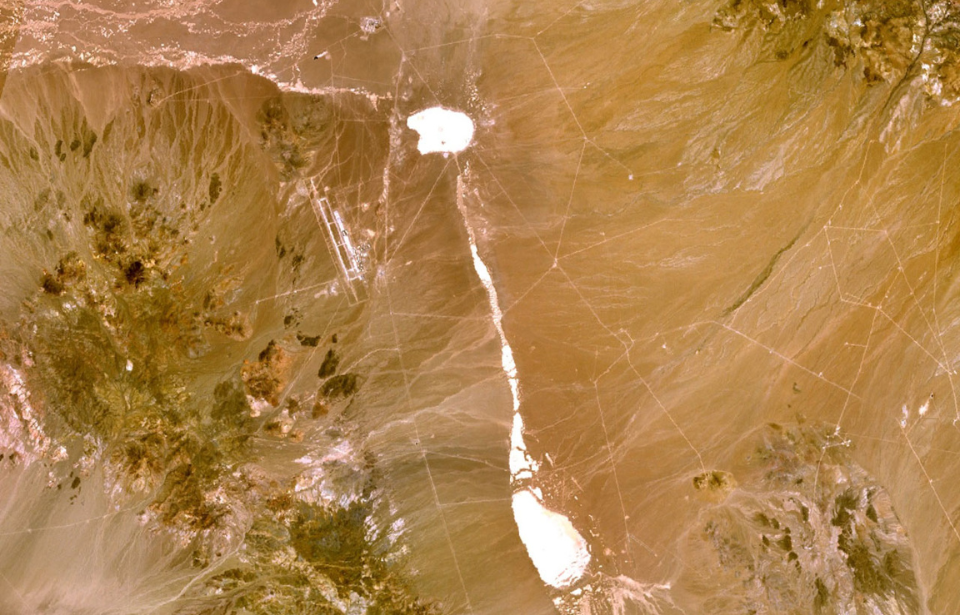
Tonopah Test Range (TTR) – commonly known as “Area 52” – is a highly-restricted base that’s jointly run by the US Department of Energy and the Department of Defense. Built in 1957, the goings-on at the site are top-secret, with little said about its work or the individuals who’ve worked there; the US government doesn’t acknowledge just what, exactly, its mission is.
According to two US Air Force veterans who served at the base during the latter part of the Cold War, the work conducted at Area 52 caused many to suffer chronic, life-threatening illnesses. However, the government refuses to recognize their service, meaning they’ve been denied the financial and medical aid they’re entitled to.
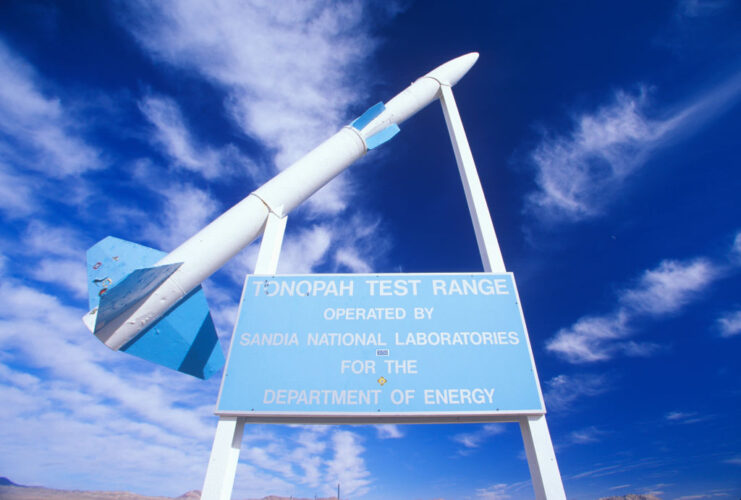
Mark Ely, a former technician with the Air Force, worked at Area 52 in the mid-1980s, tasked with inspecting Soviet fighter jets that had been “secretly obtained” by the US military. In an interview with CBS News, he said the work being conducted was so secretive that he had was made to sign a non-disclosure agreement (NDA).
Throughout the Cold War, the government conducted nuclear bomb tests near the base, which spread radioactive material across the surrounding area. While a 1975 assessment showed an abundance of toxic materials in the area, officials argued that it would be “against the national interest” to stop conducting the trials, as the “costs… are small and reasonable for the benefits received.”
These experiments have had a lasting impact on Ely’s life. “It scarred my lungs. I got cysts on my liver … I started having lipomas, tumors inside my body I had to remove. My lining in my bladder was shred,” he told CBS News.
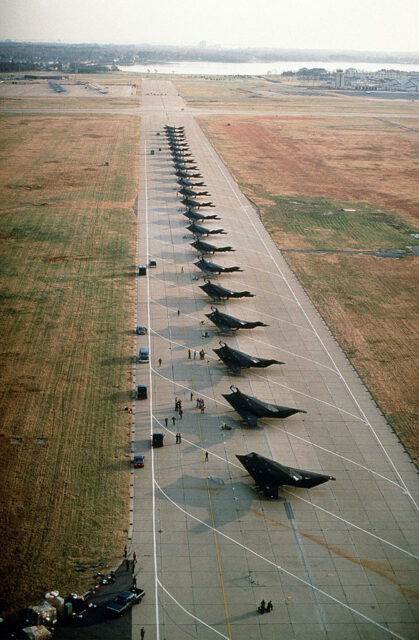
Fellow Air Force veteran Dave Crete served with the Area 52’s security police squadron from 1983-87. He, too, has suffered health issues (a tumor in his back and chronic bronchitis), and he has spent the past eight years or so tracking down other former service members who’ve experienced similar medical problems.
“You can’t see ionizing radiation,” he told the Las Vegas Review Journal in 2023. “The alpha particle is microscopic, so nobody can see it … You don’t know it’s there. It was in the dust that you breathe, it was in the water that you drink. It’s what your food was cooked in.”
He added in his interview with CBS News, “The government said they secured the area so there would be no more spread of the contamination. The way they secured it was with a barbed-wire fence. Now I don’t have a PhD in physics, but a barbed-wire fence isn’t going to do that.”
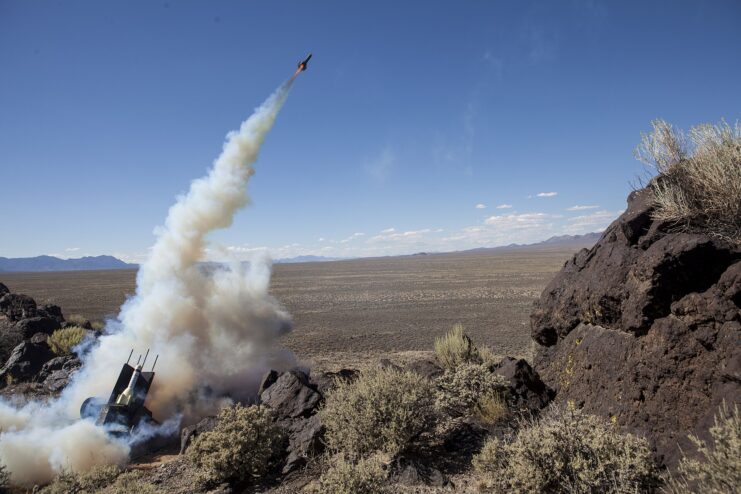
While the majority of veterans are able to secure assistance when it comes to medical issues that come about as a result of their service, Ely, Crete and others stationed at Area 52 haven’t been able to. In their cases, it’s because their assignments at the base wasn’t included in their records – they can’t concretely prove they served there.
What makes the situation even more frustrating for the pair and other veterans is that government officials with the Department of Energy have been able to access aid money, to the tune of $25.7 billion.
“Upholding the national interest was more important than my own life,” Ely told CBS News. “There’s a slogan that people say: ‘Deny deny until you die.’ King of true here.”
Hoping to hold the government accountable and get veterans like him the aid they deserve, Crete filed a lawsuit in August 2023 with Pomp Braswell. “Because we’re not acknowledged as line of duty we have people dying with kids with zero benefits for those kids or that widow,” he explained.
